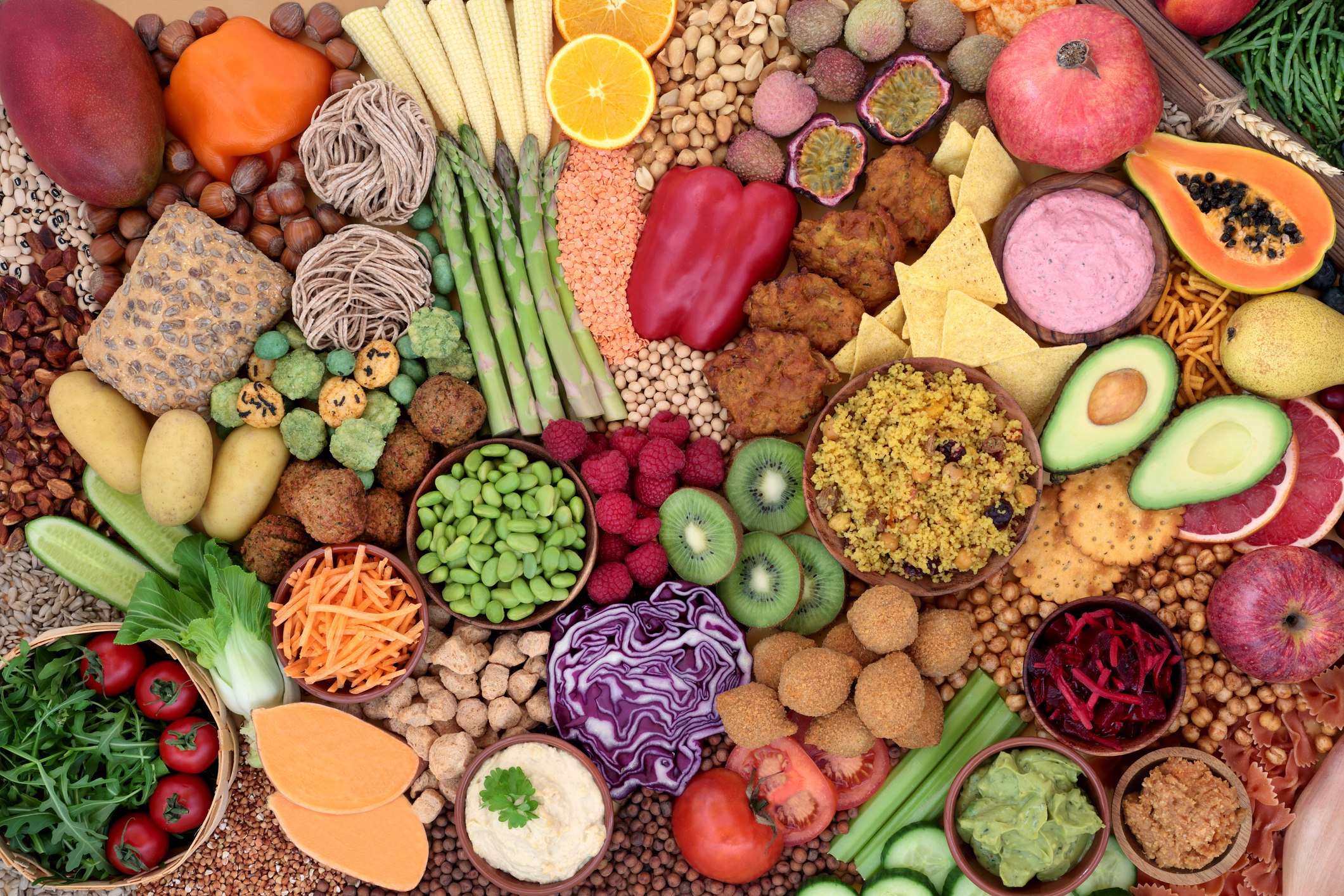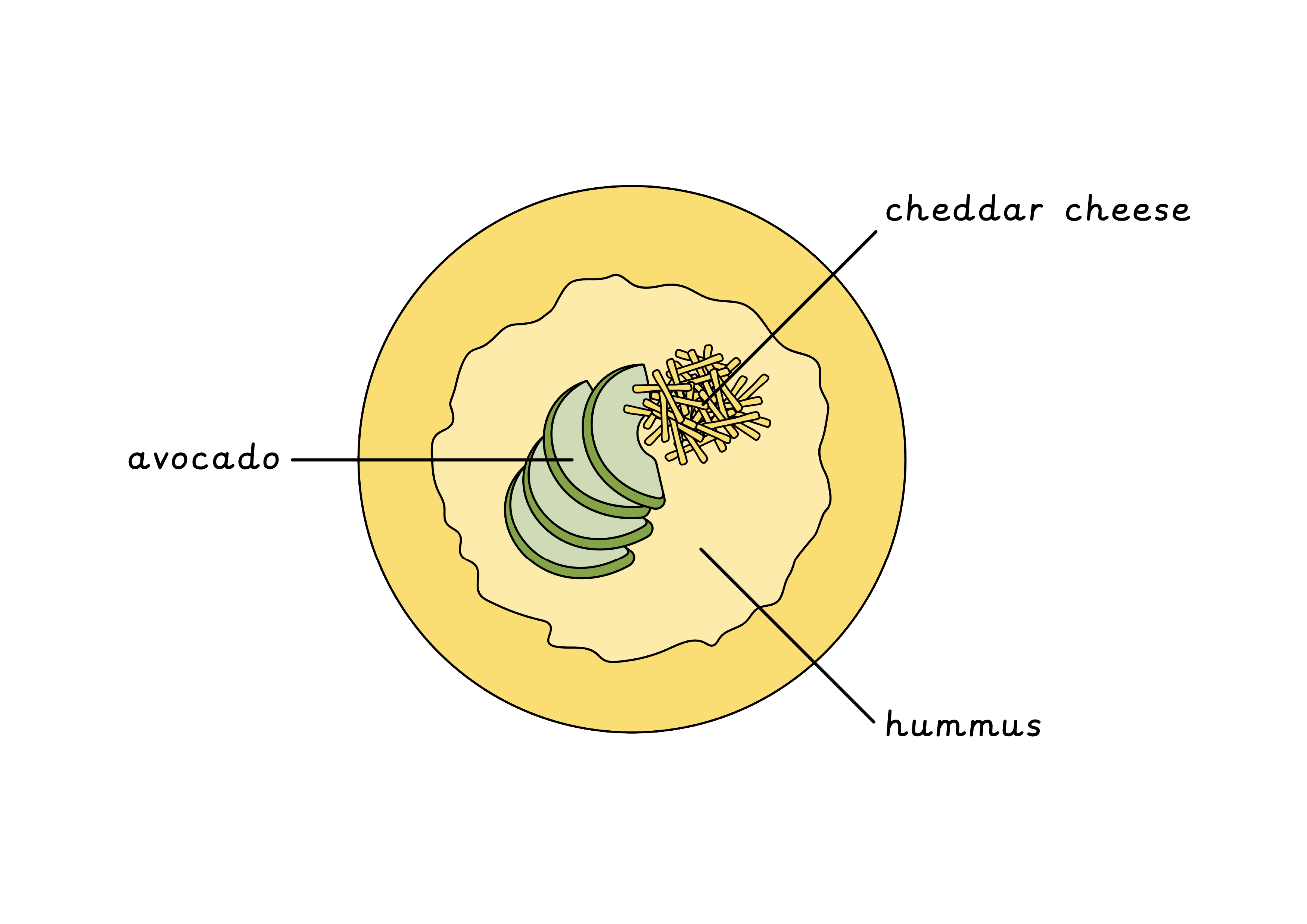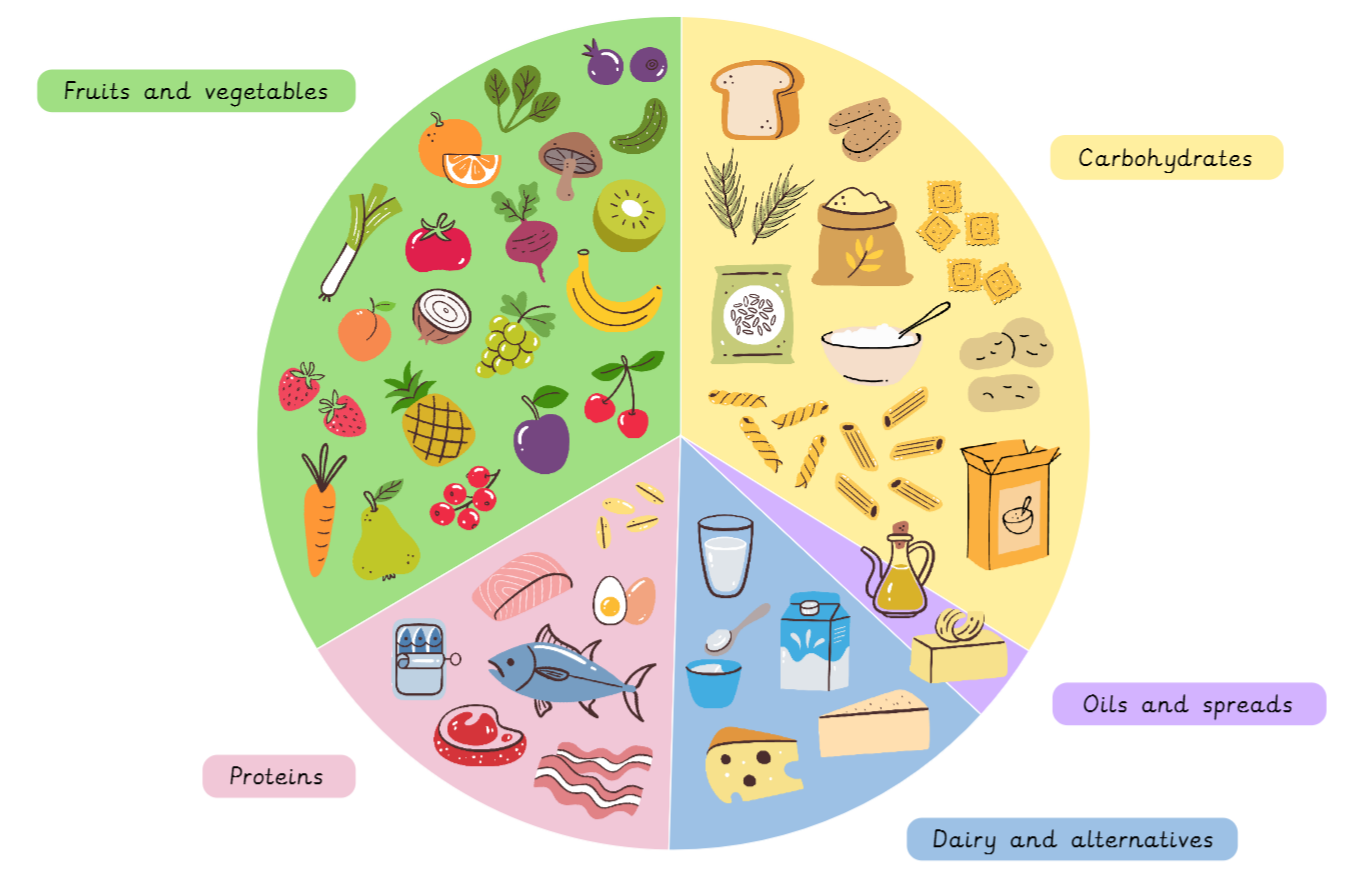Learning objective
- To identify an appropriate piece of equipment to prepare a given food.
Success criteria
- I can identify
This content is for subscribers only. Join for access today.
National curriculum
Design and technology
Make
Pupils
This content is for subscribers only. Join for access today.
Cross-curricular links
None.
This content is for subscribers only. Join for access today.
Before the lesson
This content is for subscribers only. Join for access today.
Lesson plan
Recap and recall
Display the Presentation: Agree or disagree? and allow time for paired discussion.
This content is for subscribers only. Join for access today.
Extended-mode explainer videos
How to extend your display to view the lesson page and preseantion mode simultaneously. Choose your operating system below to watch the video
If you need further support with extending your display,
please contact [email protected].
Extended-mode explainer video: For Mac
Extended-mode explainer video: For Windows
Adaptive teaching
Pupils needing extra support
Could spend time before the lesson familiarising themselves with the equipment.
Pupils working at greater depth
Could be asked what other food items may be prepared using cutting, snipping, grating and spreading; could use the Activity: Stem sentences to write about the uses of the equipment.
This content is for subscribers only. Join for access today.
Assessing progress and understanding
Pupils with secure understanding indicated by: cutting foods into similar
This content is for subscribers only. Join for access today.
Vocabulary definitions
-
chopping board
A thin, flat piece of wood or plastic for cutting things on.
-
cut
To make something smaller using a sharp tool.
This content is for subscribers only. Join for access today.





